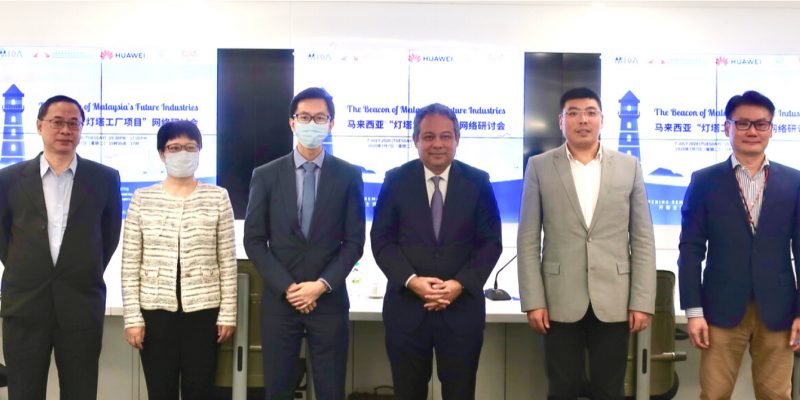
This site
is mobile
responsive
Maintenance is a critical element in the asset management of the oil and gas (O&G) industry. Malfunction of machinery or equipment can hamper product quality and productivity, especially in this industry where every second of production counts. Given the highly volatile state of the O&G market, any operational downtime could translate to thousands of dollars of missed opportunity.
Traditionally, maintenance services were mainly corrective or preventive and carried out based on signs of imminent failure. With the rise of new technologies, O&G industry players are now able to employ predictive maintenance.
This contributes to more flexible and intelligent maintenance operations that automatically recognise indicators of failures or defects, predicting the need for maintenance much earlier.
The combination of various technologies such as Artificial Intelligence (AI), networked sensors, visual and data analytics, and Internet of Things (IoT) has made predictive maintenance a much sought-after approach by many O&G players to improve productivity and efficiency of their petrochemical plants and facilities.
It has been a common practice for these plants to undergo scheduled maintenance services whereby plants were shut down for several days or weeks, and repair were done offline. However, there is now a better option.

Innovations in maintenance practice help to optimise equipment lifetime and maximise operation uptime. In addition, abnormal situations leading to safety and environmental issues such as gas leak and carbon dioxide (CO2) emissions can be detected ahead of time to limit or avoid loss of materials, labour or revenues.
A homegrown engineering services provider Serba Dinamik Holdings is among those spearheading smart maintenance in the O&G industry in Malaysia. Serba Dinamik is establishing a Centre of Excellence for maintenance, repair and overhaul (MRO) and inspection, repair and maintenance (IRM) activities at the Bintulu Integrated Energy Hub (Bintulu i-EH) in Sarawak. The Centre, also known as Serba Integrated Turnaround Centre (SiTC) includes a centralised command facility for monitoring MRO and IRM with plant turnaround planning and execution carried out anywhere in the world.
Notably, Serba Dinamik advances its digital transformation journey through collaborations with Huawei, a leading-edge ICT solutions provider. The Serba- Huawei collaboration is set to develop innovative digital solutions through the adoption of cloud and AI technologies, as well as 5G for industrial automation and talent development.
Serba Dinamik is also engaging with local training institutes to develop a smart mobile virtual training studio in efforts to enhance its workforce’s expertise in the areas of health, safety, and environment (HSE). Strategies to keep maintenance costs under control include training dedicated personnel, increasing their skills and empowering them to make effective decisions. This is where virtual reality (VR) immersive training comes into play. By using VR technology, workers can obtain a realistic simulation of the actual work environment without being on location. They can be trained for specific tasks in advance, thus cutting down valuable time-on-site and improving safety performance.
Progressively, innovation and advances in technology will see prescriptive analytics as a more popular approach than predictive analytics for assets maintenance. Evidently, many thought leaders agree that the potential of prescriptive maintenance is massive in terms of providing a higher level of reliability and efficiency. Apart from predicting impending failure, prescriptive maintenance provides outcomefocused recommendations for optimal operations and maintenance.
Prescriptive data analytics will not only tell when and how to maintain the assets but will also communicate what the assets need if they are unable to fix themselves. Early adopters of these technological breakthroughs are able to position themselves to reap the rewards of increased profitability and business viability.
The Government, through various agencies including the Malaysian Investment Development Authority (MIDA), continues to support the adoption of digital transformation within the industry by providing the necessary facilitation for industry players to thrive. Some notable incentives and grants related to the adoption of automation or Industry 4.0 offered by MIDA include grants for research and design, training, modernisation and upgrading of equipment and acquiring new technologies.

